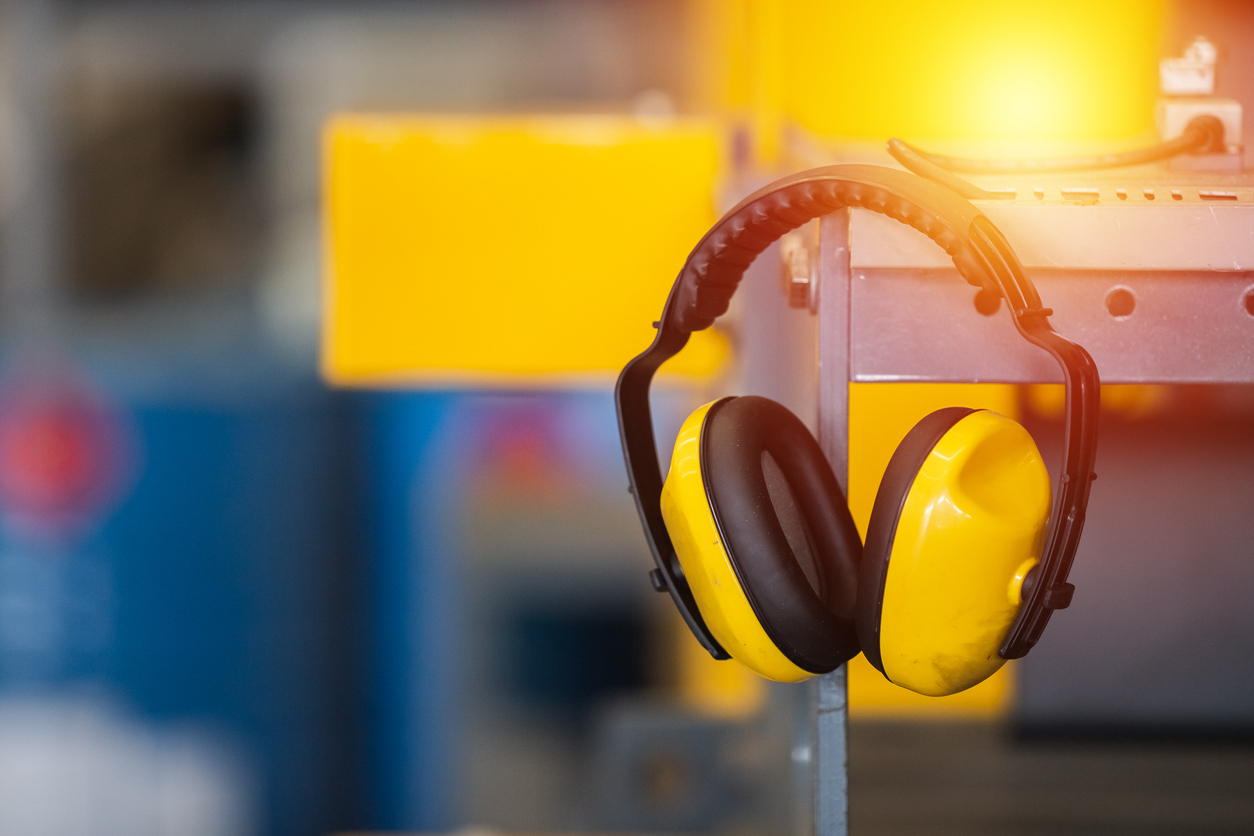Some 22 million Americans are exposed to hazardous noise levels at work each year, and occupational hearing loss is one of the most common work-related illnesses and is permanent, according to the National Institute for Occupational Safety and Health. There are a number of industries where hearing loss is a danger, including the printing sector.
Hearing loss can have substantial adverse impacts on workers, including their interpersonal relationships and general quality of life. Besides often causing permanent damage to workers, hearing damage is costly as these cumulative injuries are covered by workers’ compensation.
And OSHA also requires that employers protect workers if their workplace noise levels exceed 85 decibels. That’s often the case in large-scale printing operations.
For an idea of the scope of the problem, private industry workers suffered 14,500 hearing loss cases in 2019, according to the Bureau of Labor Statistics.
Dangers from hearing loss include:
- Workers with hearing loss often have trouble localizing sounds or hearing warning signals, which puts them at risk of accidents.
- Hearing loss impedes communication and can lead to isolation in social situations, impediments in career progression, reduced autonomy, poor self-image, fatigue, frustration, and depression.
- Tinnitus can disrupt sleep and concentration. That in turn increases fatigue, reduces alertness, degrades performance, and potentially increases risks for accidents on and off the job.
There are a number of steps you can take to protect your employees.
Prevention programs
Noises over 85 decibels (dB) warrant the use of protection. For reference, normal talking is 60 dB, city traffic is 85 dB and a rock concert or a tractor are about 100-115 dB. Without proper protection, prolonged noise exposure in a factory setting can compound the hearing loss incurred from everyday noises.
OSHA requires employers to protect workers in work areas where the probable exposure to noise equals or exceeds an eight-hour time-weighted average sound level of 85 dB.
An effective hearing conservation program should include:
Regular, ongoing sound monitoring — Employers can use sound-level meters to measure sound intensity at a specific moment, and dosimeters to measure employees’ average exposure to noise over a period of a time. By monitoring and recording sound levels throughout a workplace, employers can help their workers understand which areas pose the greatest risk of hearing damage.
Audiograms — Employers can use audiograms to check their employees’ hearing to identify any changes. This starts by taking a baseline audiogram 14 hours or more after the worker was last exposed to occupational noise.
After that, the employer can conduct annual audiograms to identify changes by comparing the results to prior tests. If there is a notable change, employers can assess hearing protection methods and make changes as needed.
Employee training — This is a fundamental step helping employees understand the danger of hearing loss and the steps needed to prevent it. Conduct noise training sessions at least annually, and remind them periodically throughout the year about prevention and other issues, like the areas of the workplace that are the noisiest.
Protective equipment — OSHA requires employers to furnish their workers with protective equipment like ear plugs and earmuffs when the noise level exceeds 85 dB. Make sure you have different styles and shapes as one size does not always fit all.
The takeaway
Hearing damage is a serious matter and can drastically reduce a person’s quality of life as well as the ability to be alerted to dangers. Besides the physical damage of hearing loss, employees can file workers’ comp claims for treatment that can last for years.
And if that’s not enough, OSHA takes this type of injury seriously and failing to protect your employees can result in fines.
For more print industry news delivered to your inbox, sign up for our eNewsletter by emailing shannon@visualmediaalliance.org with a request to be added to the Chronicles eNewsletter list.


